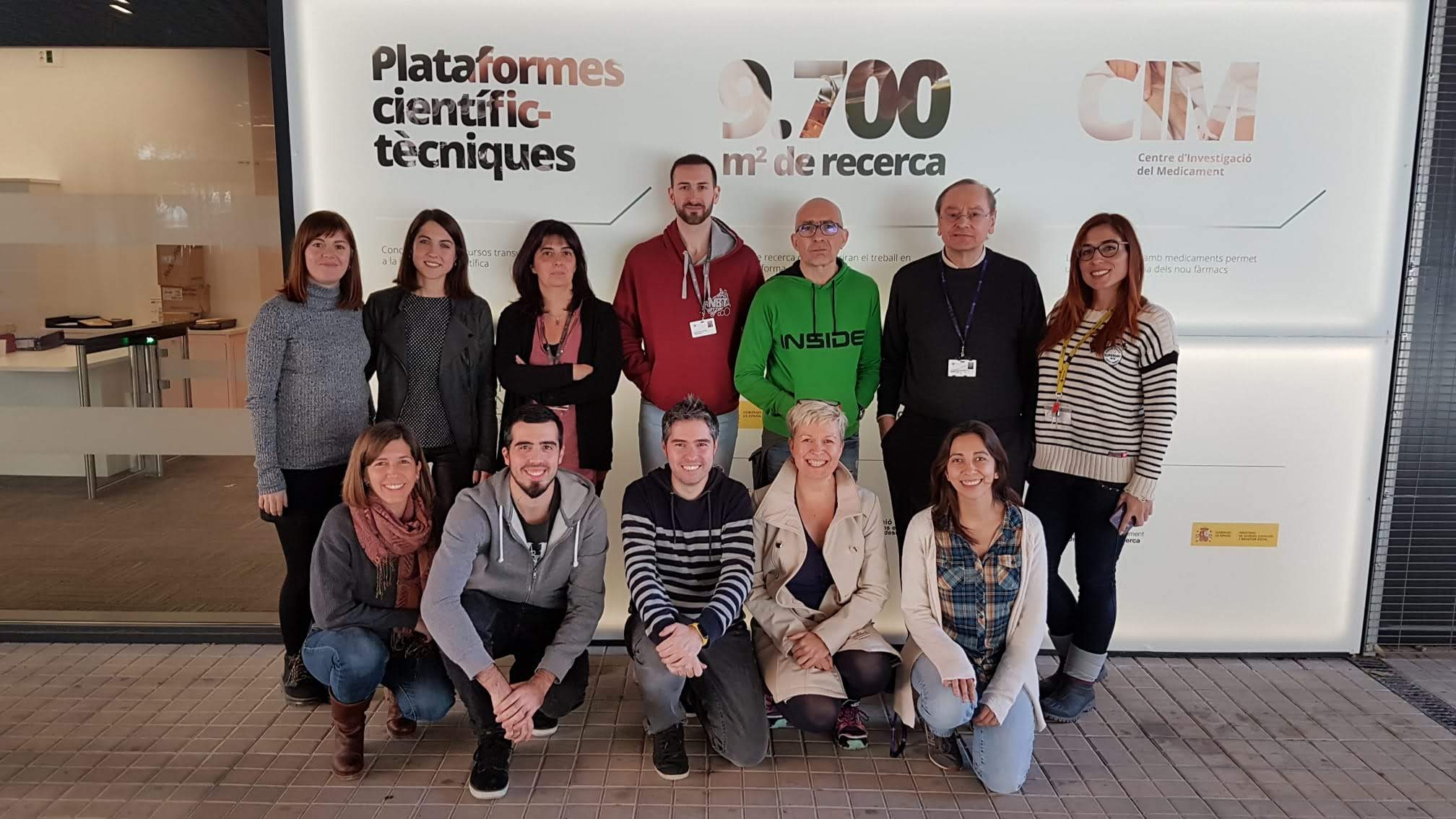
Cell-selective targeting is expected to enhance effectiveness and minimize side effects of cytotoxic agents. Functionalization of drugs or drug nanoconjugates with specific cell ligands allows receptor-mediated selective cell delivery. However, it is unclear whether the incorporation of an efficient ligand into a drug vehicle is sufficient to ensure proper biodistribution upon systemic administration, and also at which extent biophysical properties of the vehicle may contribute to the accumulation in target tissues during active targeting. To approach this issue, structural robustness of self-assembling, protein-only nanoparticles targeted to the tumoral marker CXCR4 is compromised by reducing the number of histidine residues (from six to five) in a histidine-based architectonic tag. Thus, the structure of the resulting nanoparticles, but not of building blocks, is weakened. Upon intravenous injection in animal models of human CXCR4+ colorectal cancer, the administered material loses the ability to accumulate in tumor tissue, where it is only transiently found. It instead deposits in kidney and liver. Therefore, precise cell-targeted delivery requires not only the incorporation of a proper ligand that promotes receptor-mediated internalization, but also, unexpectedly, its maintenance of a stable multimeric nanostructure that ensures high ligand exposure and long residence time in tumor tissue.
Protein production has been partially performed by the ICTS NANBIOSIS U1, Protein Production Platform and the nanoparticle size analysis by the U6 of NANBIOSIS Biomaterial Processing and Nanostructuring Unit. Biodistribution studies were performed by the U18 of the ICTS NANBIOSIS, Nanotoxicology Unit.
The concept presented by the authors of the present research might represent a convincing explanation of the poor biodistribution so far reached by tumor-targeted medicines, including antibody-drug conjugates. In addition to this, they offer a potential developmental roadmap for the improvement of these drugs, of high intrinsic therapeutic potential, to reach satisfactory efficiencies in the clinical context.
Hèctor López-Laguna, Rita Sala, Julieta M. Sánchez, Patricia Álamo, Ugutz Unzueta, Alejandro Sánchez-Chardi, Naroa Serna, Laura Sánchez-García, Eric Voltà-Durán, Ramón Mangues, Antonio Villaverde and Esther Vázquez. Nanostructure Empowers Active Tumor Targeting in Ligand-Based Molecular Delivery. Part. Part. Syst. Charact. 2019.
DOI: 10.1002/ppsc.201900304








